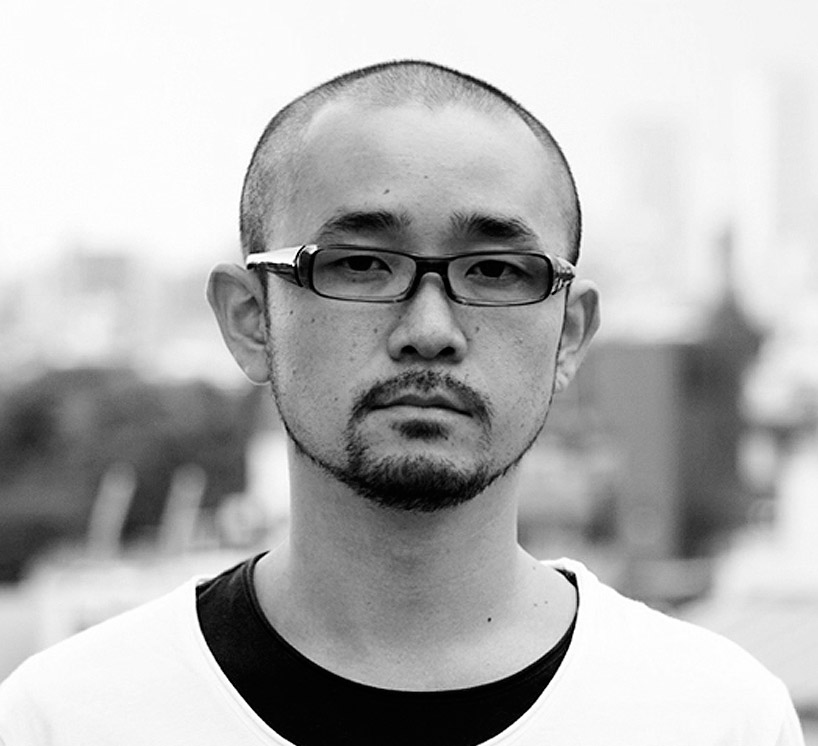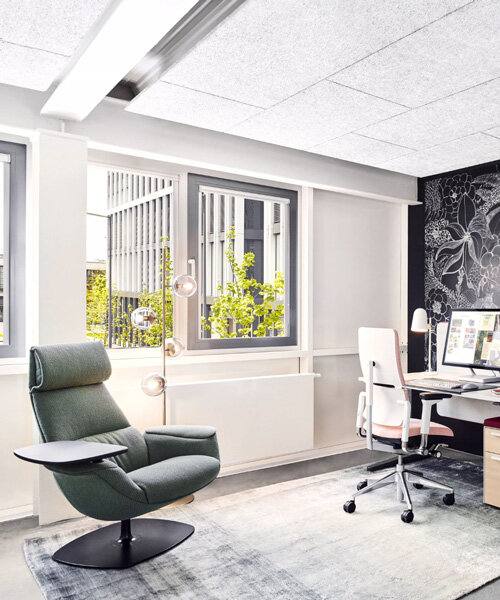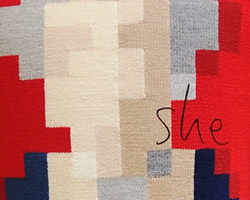kishino shogo (6D) interview
kishino shogo is the founder of 6D, a visual communications studio based in tokyo.
DB: how has your work evolved from the start of your career until now?
KS: my approach as a designer has changed, and I’ve come to view things at a wider perspective when working on an idea- I’m now able to maintain appropriate distance with the objects. my viewpoint on how things should be designed has also changed- back in the days, my judgment was simply based on whether or not it looked good. now, I think about the impression a design would give to the people, as well as the role it should play in society.
the studio is only six years old, but our members have shown a lot of progress in the years, and have improved their skill sets, taking on more responsibility and tasks. thanks to this, my range of work has grown, and I can now see the bigger picture of things, assessing my work more comprehensively, which I’m sure, is a positive change.
recently, I’ve been working concurrently on various projects, ranging from commercial business to public organizations (VI for cities and NPOS), as well as sign development for elementary schools.
DB: how do you share / divide your workload between studio members?
KS: someone will always be assigned a specific role on a project but generally the entire studio gets involved in each project in some way. in the past, there would be roles allotted for every project based on the expertise of each individual but now, it’s more of a joint ownership, and members are engaged in all tasks, whatever the project. this helps create synergy and foster a positive and proactive mindset.
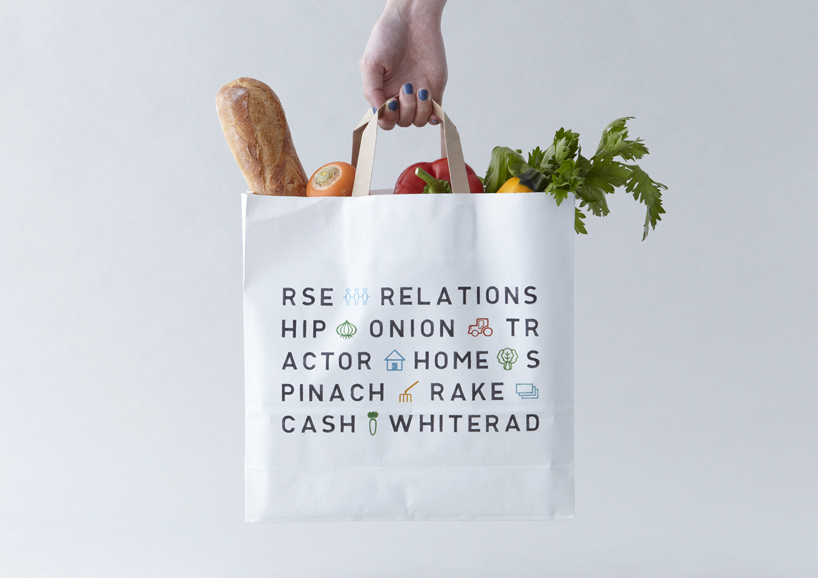
JA stands for japan agricultural cooperatives; the nation’s largest cooperative in its category; and JA minds is an agricultural union responsible for the tama district in tokyo.
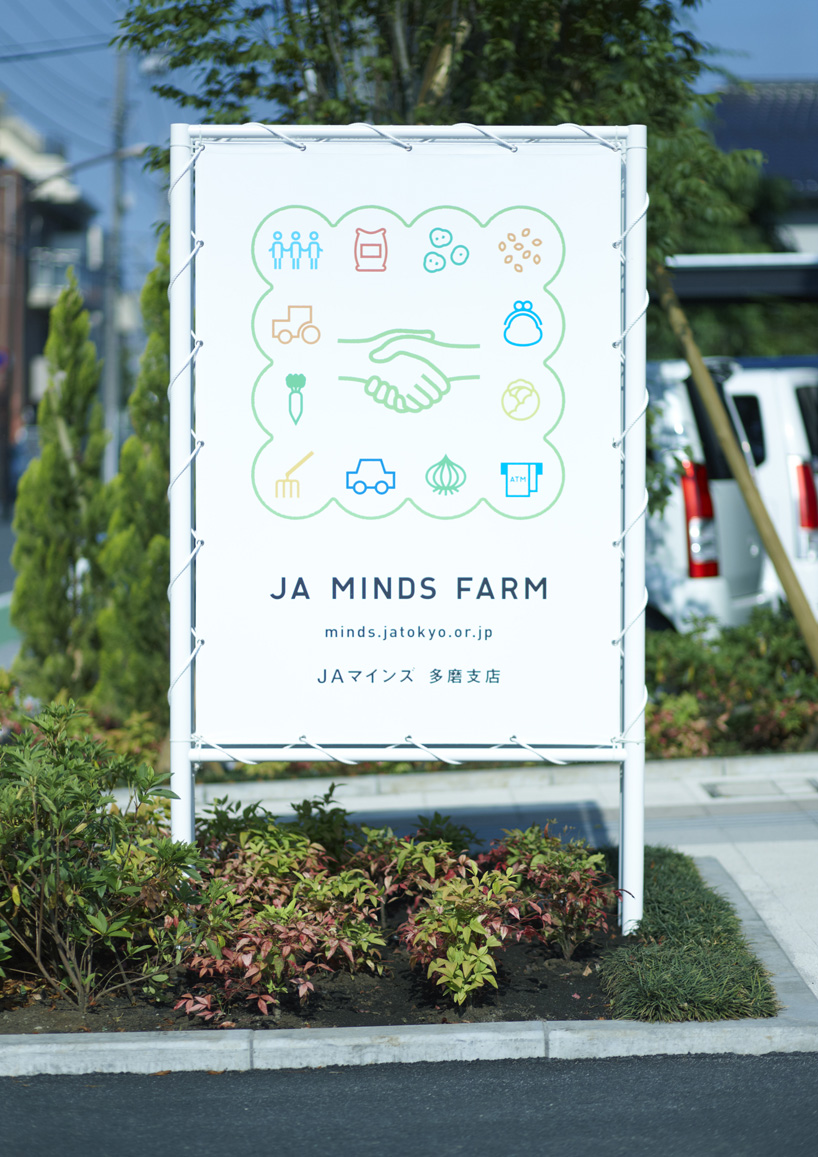
JA is currently views as massive and conservative, somewhat like a government body.
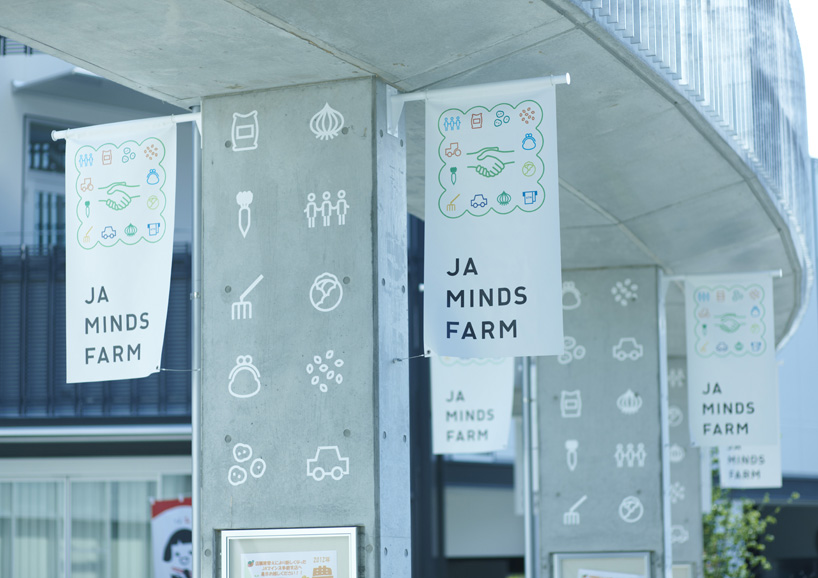
with plans of remodeling the tama branch to commemorate the 20th anniversary of JA minds, 6D proposed a new visual identity with pictograms that would enable communication with customers and capable of building affinity…

and instantly communicating its various services to wide generations from children to senior citizens, as well as people engaging in agriculture.
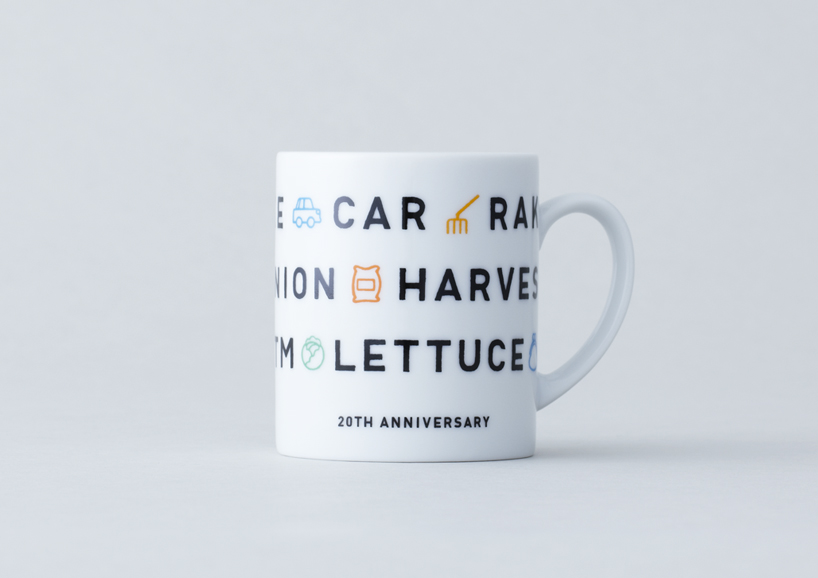
JA mug
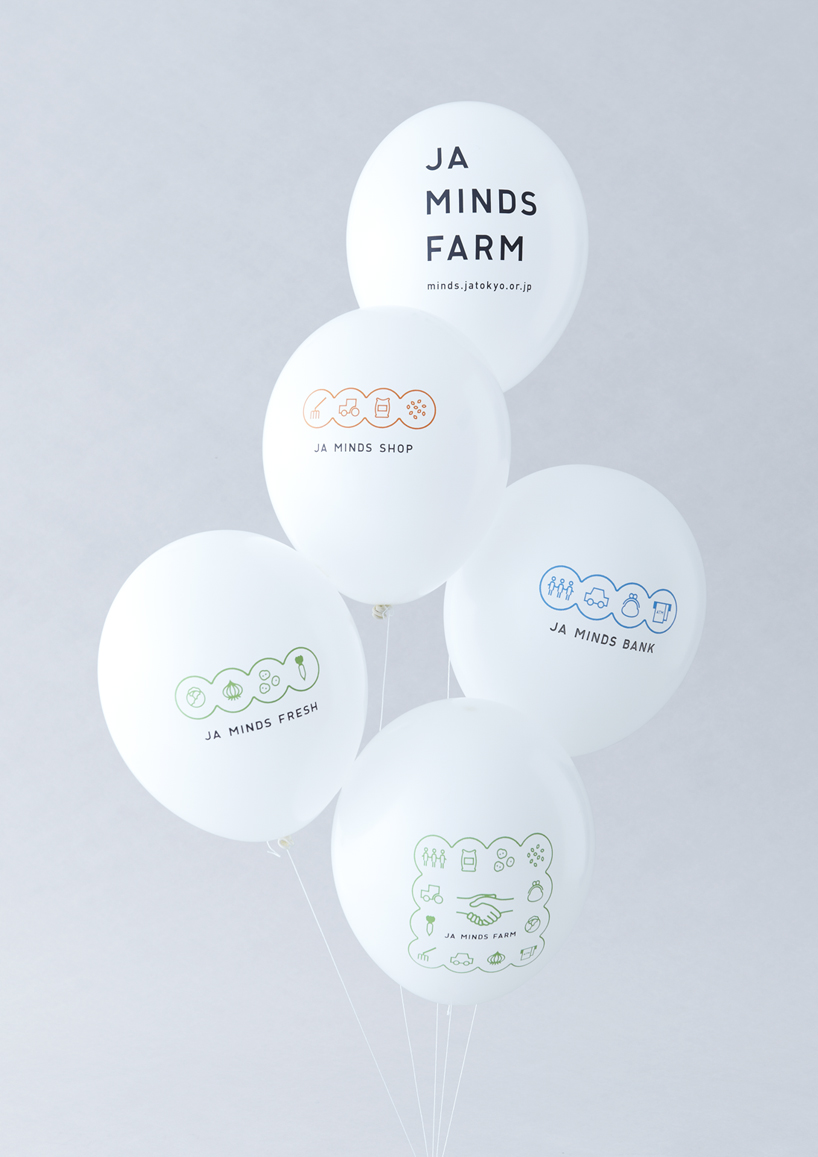
JA balloons
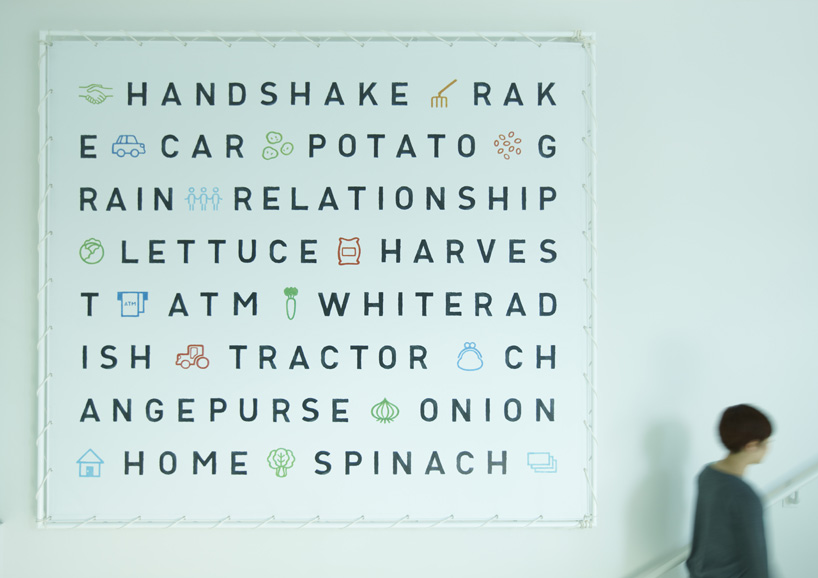
JA banner
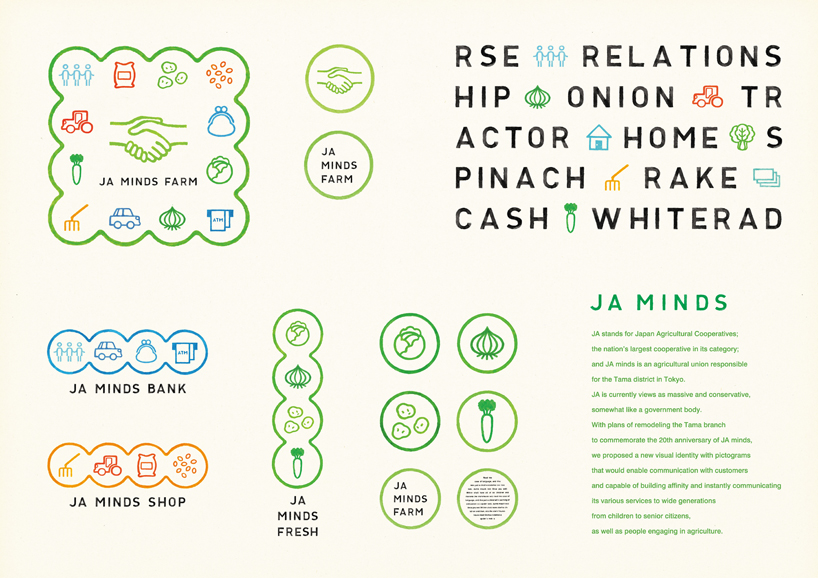
JA advertisement
DB: what is the attraction of designing identities for you?
KS: my generic definition of design is something that forms the connection or a feel of texture if you will, between a certain matter and society. identity designing in particular plays a significant role, so in that sense I find it extremely attractive.
DB: given your experience, are you able to finalize a logo or identity much quicker than you used to?
KS: with more knowledge and experience to build on, the designing process is sometimes quicker but it still remains a question of trial and error especially when I realize that I’m just building from my past ideas. pushing yourself, testing your creativity is important… trial and error is one of the most enjoyable parts of the job because it opens up your mind.
DB: what mistakes or ‘traps’ should a young designer avoid when working on an identity system?
KS: today I see so many talented designers designing just for the sake of making something look good, appearance wise, without putting much thought into what their design communicates or the purpose the identity serves.

branding for a lettuce farmer, (VI for cities project) the motif is taken from the field symbol used on japanese maps.
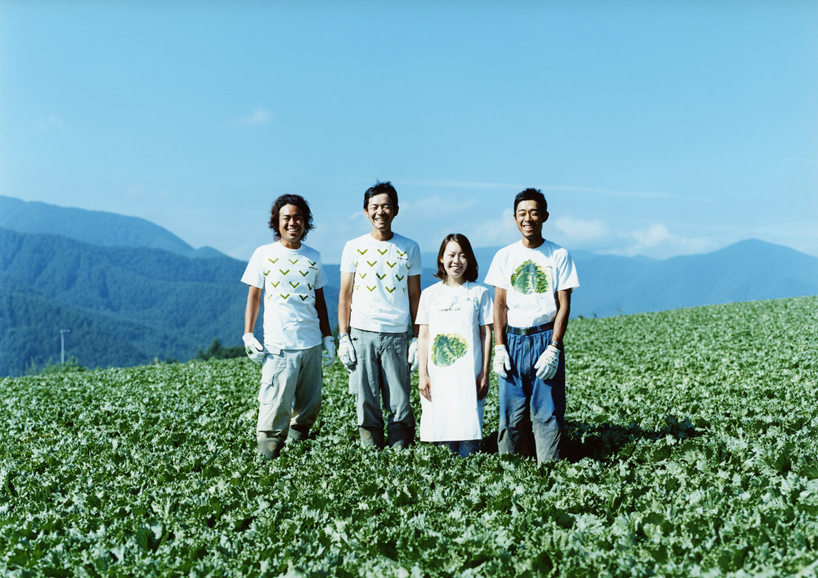
japanese lettuce farmers in their ‘uniform’

lettuce packaging
DB: do you think it’s important for a graphic designer to be able to draw?
KS: definitely!! but wait… I can’t draw so let’s just say I hope it’s not mandatory.
DB: what do you think the most significant developments in identity design have been in the last five years?
KS: incorporating more pictograms and symbols into design. the reason being, this allows people from a wider range of backgrounds to understand the idea behind the design in a shorter amount of time, since it’s building on the image that people already have in their heads.
DB: how do you think the popularity of online design resources have influenced design being produced today?
KS: in many ways, an in a big way. I try to create simple and powerful design, so that the visual sticks to the minds of people that are living in a world that is flooded with loads of information.
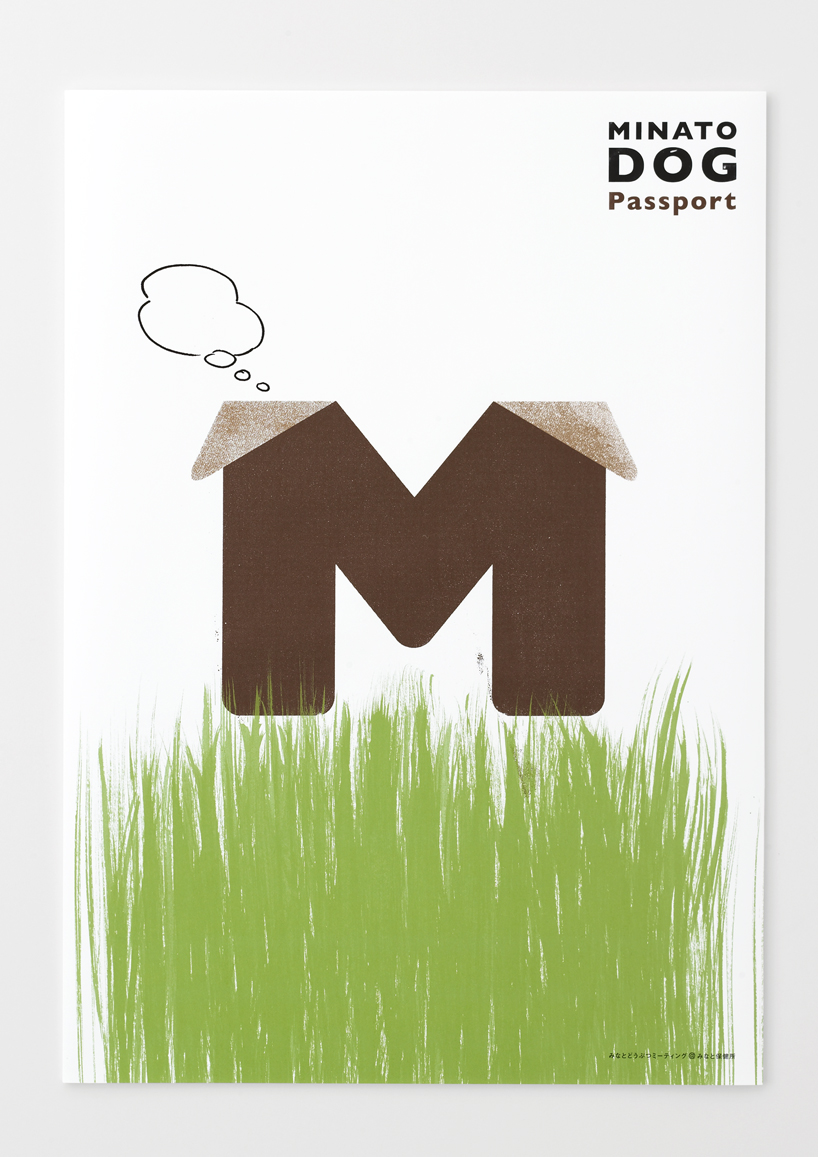
minato dog passport – campaign to promote ‘pet manners’
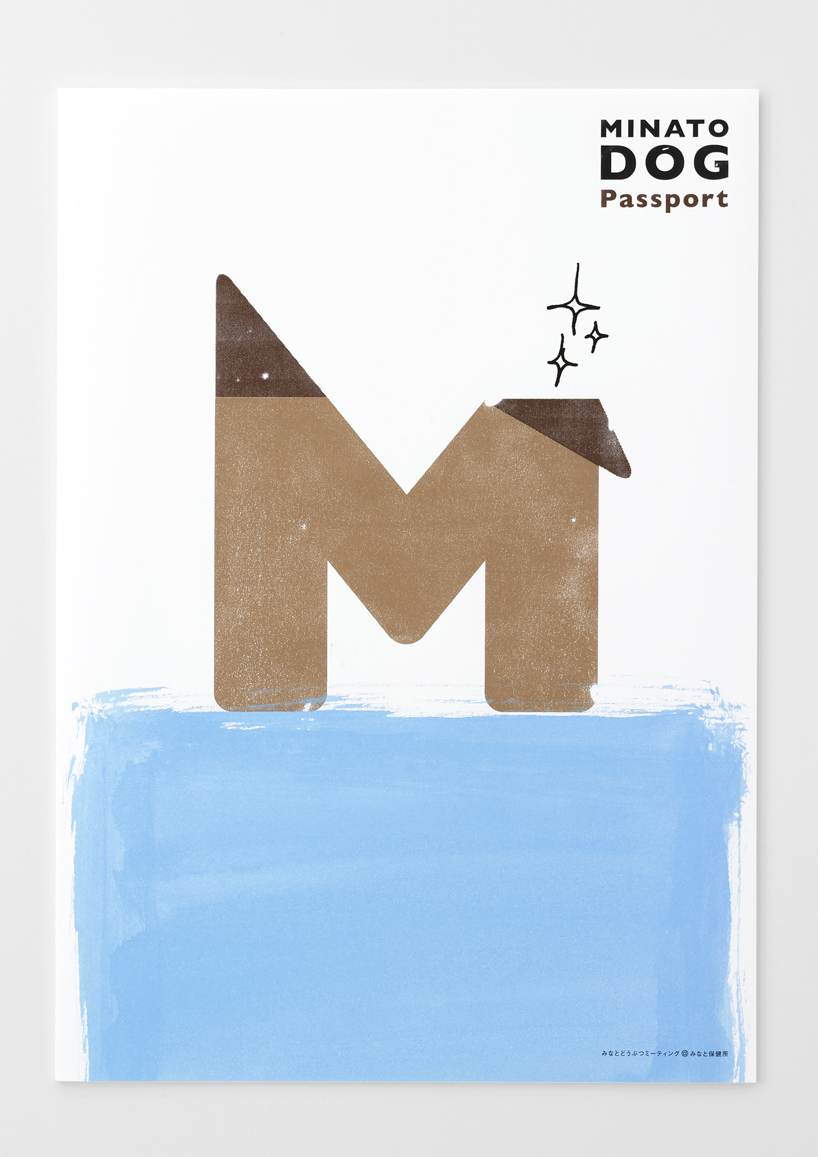
minato dog passport – campaign to promote ‘pet manners’
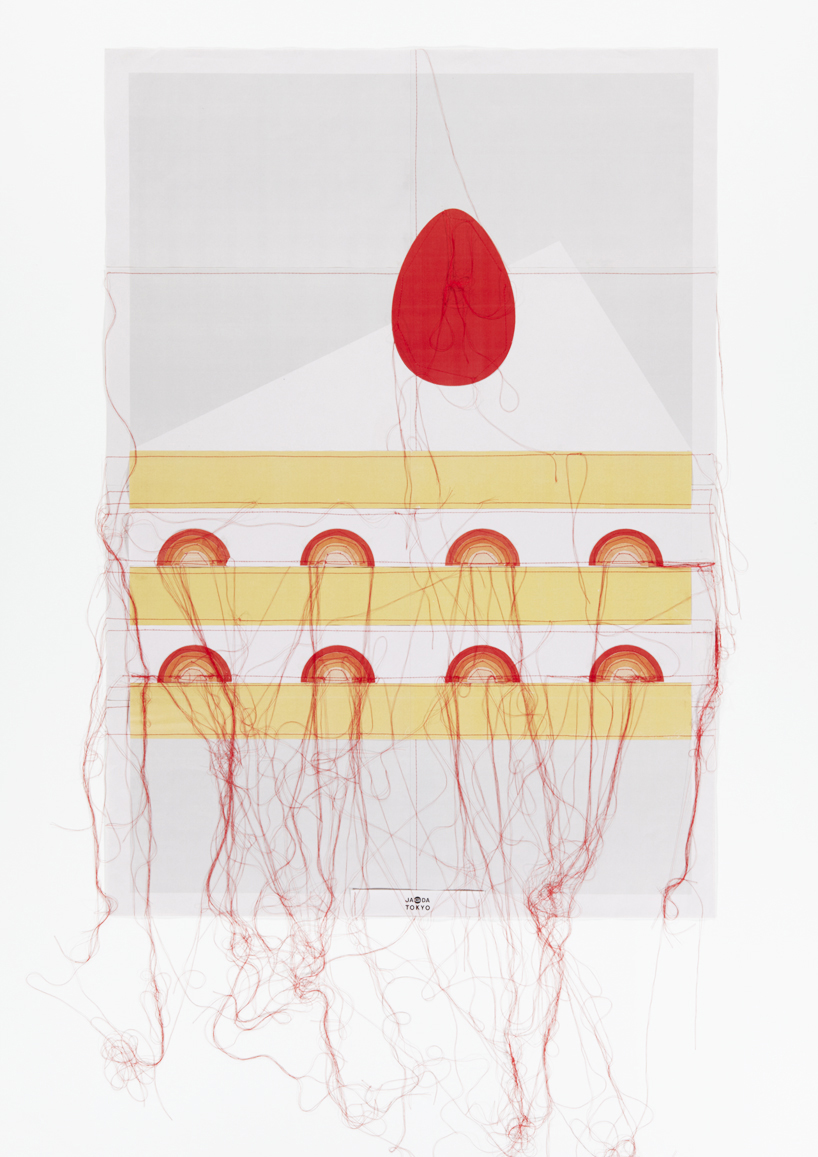
embroidered artwork by kishino shogo
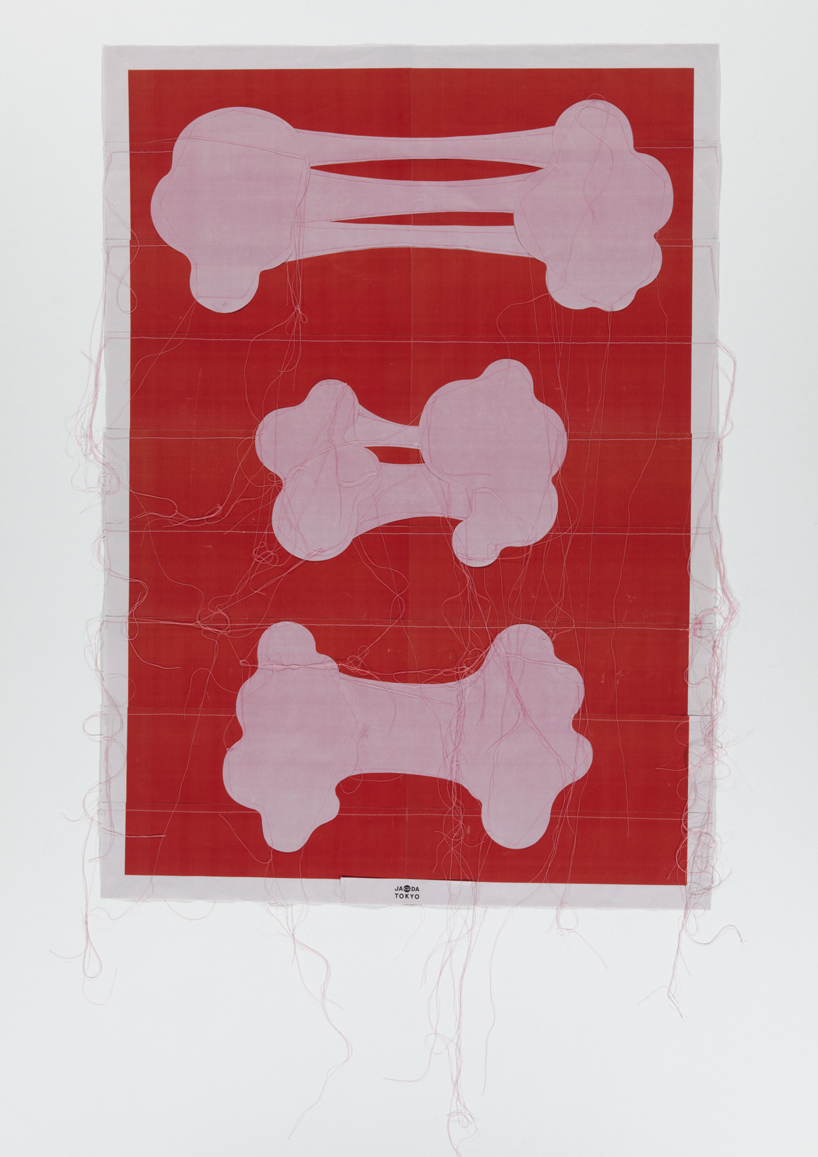
embroidered artwork by kishino shogo
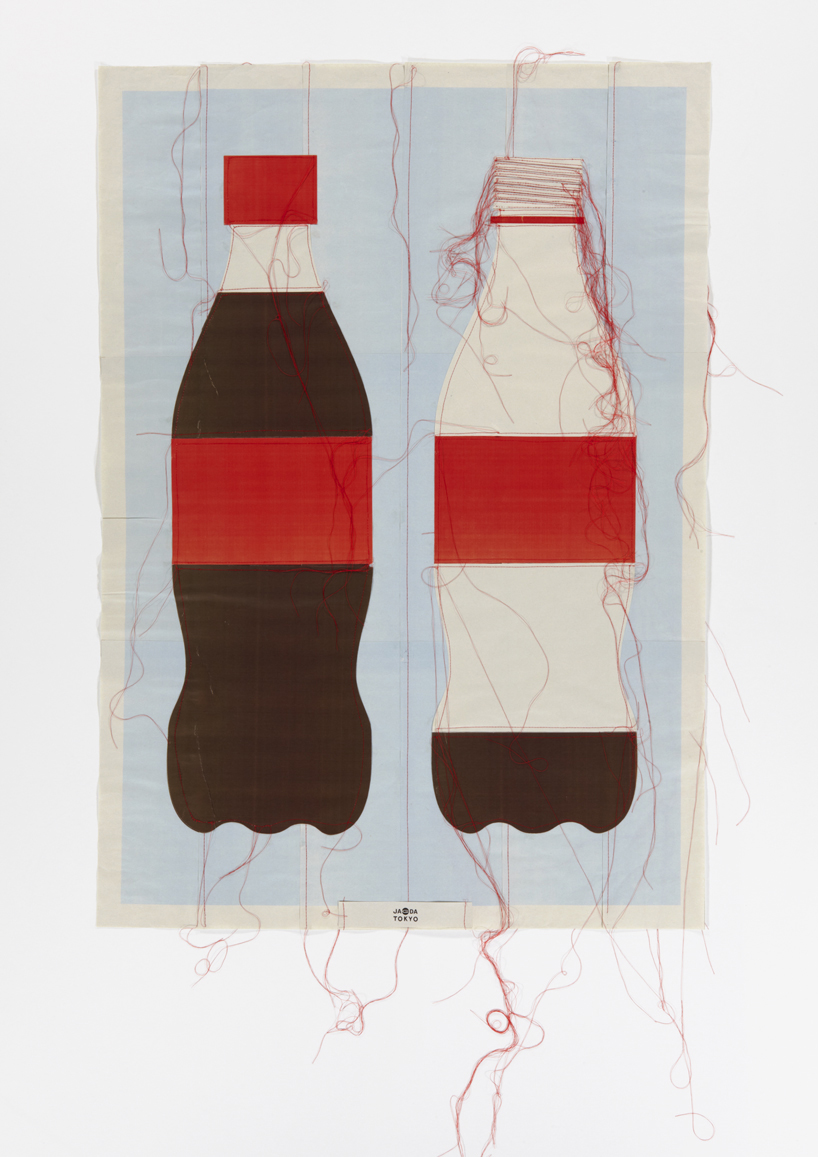
embroidered artwork by kishino shogo
DB: besides design, what are you passionate about and why?
KS: I read a lot of books. not necessarily to build knowledge or have a better judgment of things, but rather to intentionally create time for myself where I don’t think about design.
DB: what is the best piece of advice you have ever been given?
KS: my old boss said to me ‘you are digging the wrong hole and a very deep one, that is…’ which made me realize that the starting point was the key to it all. I still try to keep this in mind, whenever I design.
DB: what is the worst piece of advice you have ever been given?
KS: I don’t know where to start with that one! but let’s see… my previous boss influenced me a lot and for a long time I was convinced his way of designing was the way I should follow. it wasn’t until I started my own studio that I realized his way wasn’t actually for me.
